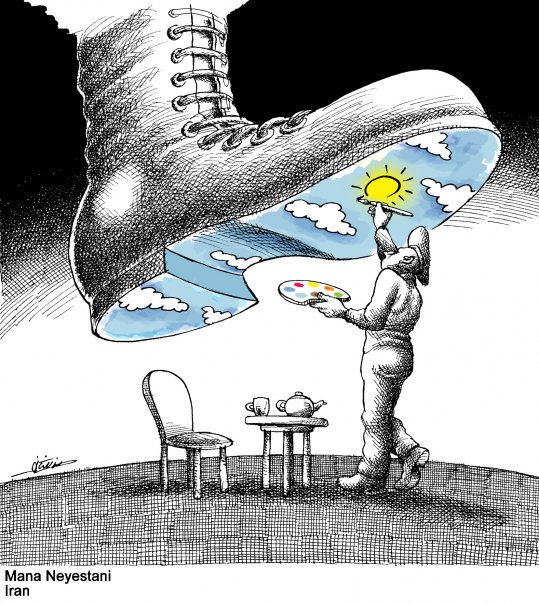 The following is a cis-gender heterosexual scenario, but it can play out in LGBTQ+ relationships as well.
The following is a cis-gender heterosexual scenario, but it can play out in LGBTQ+ relationships as well.
“I took my pill,” he said.
She smiled at him and asked, “Tomorrow morning ok? I’m in the middle of something right now.”
“Perfect,” he said.
[Ten hours later]
She’s checked her email, walked the dog, and had two cups of coffee. It’s now 8:00 AM and he’s still sleeping. Inside she can feel the frustration growing, but she wants to keep it in check. This isn’t their first go around and he’s been on his ‘little blue pill’ for five years now. After a couple of deep breaths, she walks into the bedroom.
She has a choice to make. She can get naked, slide under the covers next to him and start ‘warming him up’ manually or orally, or she can say what she feels is bursting to get out of her. Once she goes down that path though, she knows there will be no sex this morning. She likes sex, and she likes sex with him, but she is tired, and frustrated, and oh dammit she’s going to say it.
“The pill isn’t foreplay, you know.”
Groggily he looks up, “Huh?” he says.
“I said; saying ‘I took my pill,’ isn’t foreplay.”
“OK,” he says, now more awake and sounding a little frustrated himself.
She knows it’s not fair to wake someone up with angry words, but she’s wanted to say this for a long time and now seems as good a time as any.
As the scene plays out over the next few hours this couple experiences what many couples in mid-life, struggling with various forms of sexual arousal impediments, erectile difficulties, or lubrication issues due to menopause, deal with on a regular basis. Cis-gender hetero or LGBTQ+, when it comes to sex, midlife can be tough to navigate. The solution? Communicate, communicate, communicate.
Women: Communicate Needs
Women in mid-life can struggle with arousal. In fact, women may not feel aroused until after they have started sexual touching (ST), which can be defined for our purposes as any touching in an erogenous zone. Women who engage in NST, or non-sexual touching, and agree to ST even when they aren’t aroused may find that their arousal actually returns and intensifies as the sex act progresses.
Because the path to arousal can be so different in mid-life, women seeking a satisfying sexual experience must communicate the new ‘map to intimacy’ with their partner. Struggles with arousal can manifest as ambivalence or disinterest in sex. To complicate matters, vaginas approaching menopause lack lubrication which leads to painful penetration. Pain can result in fear of initiating any NST like hugging or hand-holding because it might lead to ST. Good communication might sound something like this:
“I want to have sex with you but I’m afraid because my body doesn’t respond the way it used to. I need to do things a little differently now.”
Or,
“If I seem disinterested or like I’m ‘faking it’ during foreplay please understand this is how I need to start so that my body works like I want it to.”
Men: Communicate Needs
Men in mid-life can struggle with arousal as well, but most often sexual functioning is the problem. Difficulty maintaining a satisfying erection or an erection capable of penetration is one of the most common issues for men in mid-life. Even with the advent of the ‘little blue pill’ (I’m not actually sure what color it is now), men may struggle with timing, inconsistent results, and uncomfortable side-effects. Like women, men may start to become afraid at the thought of approaching their partner and so they simply start to avoid any NST or ST altogether.
Because the path to a satisfying sexual experience can be so different in mid-life, men seeking a satisfying sexual experience must communicate their new ‘map to intimacy’ with their partner. Struggles achieving or maintaining a satisfying erection can lead to ambivalence about or disinterest in sex. To complicate matters, fear about causing a partner pain can lead to worries over any NST being misinterpreted as ST. Good communication might sound something like this:
“I want to have sex with you but I need time to take my pill because my body doesn’t respond the way it used to.”
Or
“I know saying “I took my pill” isn’t foreplay, so can we schedule sex on a particular day of the week? I know we’ll lose some spontaneity, but it will really help me feel more confident when I approach you.”
Communication Pitfalls
If you are in a long-term committed relationship, you know there are times when communication is not the greatest. Sometimes sex during those times can feel like the only way you emotionally connect with one another. When sex suffers along with communication, it can feel like you have no connection at all. Here are some things to remember:
- It happens to everybody. There is an entire industry devoted to helping sex stay comfortable and interesting. Not sure where to look? Here are some resources:
- Your penis/vagina is fine. Sex is more than an orgasm so explore other ways NST and ST can lead to a satisfying emotional connection. Looking for exercises? Google Sensate Focus for lots of how-tos that can help.
- Dating during midlife can be awkward, but doable. Get to know your body and what you need. The more comfortable you are with the things you enjoy, the better you will be able to communicate those needs with a new partner. Explore your own body through masturbation and the links I mentioned above.
Communicating needs is always important, but when it comes to sex, communication is vital. Arguments or emotional cut-offs because of sex are common in mid-life because sex and your changing body can be really hard to talk about. Erectile difficulties, arousal challenges, and lubrication issues due to menopause, are things everyone deals with at some point in their sexual life. If you’re concerned about your sexual health, start with a thorough physical and talk to a mental health professional who specializes in sexual issues. Then get out there and enjoy yourself!







